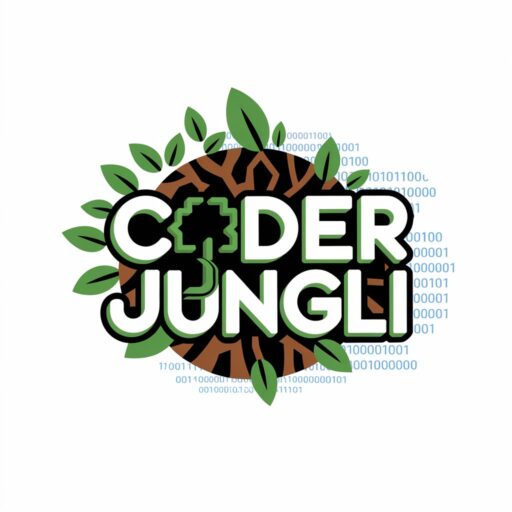Java, a widely used programming language, follows the Object-Oriented Programming System (OOPs) paradigm. OOPs simplifies complex problems by organizing data and behavior into objects. Let’s break down the core concepts of OOPs in Java to help you understand why it’s so powerful.
What is OOPs in Java?
OOPs stands for Object-Oriented Programming System, a methodology that uses objects and classes to design and develop software. It promotes modularity, reusability, and flexibility, making Java applications easier to maintain and scale.
Key Features of Java OOPs
- Class
A class is a blueprint for creating objects. It defines properties (attributes) and methods (behaviors).
Example:class Car { String brand; int speed; void drive() { System.out.println(“The car is driving.”); } } - Object
An object is an instance of a class. It represents a real-world entity with specific attributes and behaviors.
Example:Car myCar = new Car(); myCar.brand = "Toyota"; myCar.drive(); - Inheritance
Inheritance allows a class to inherit properties and methods from another class, promoting code reusability.
Example:class Animal { void eat() { System.out.println(“This animal eats food.”); } } class Dog extends Animal { void bark() { System.out.println(“The dog barks.”); } } - Encapsulation
Encapsulation hides the internal details of an object and only exposes what’s necessary. It uses private fields and public getter/setter methods.
Example:class Person { private String name; public String getName() { return name; } public void setName(String name) { this.name = name; } } - Polymorphism
Polymorphism allows methods to perform different tasks based on the object’s context.
Types:- Method Overloading: Same method name with different parameters.Method Overriding: Subclass redefines a parent class method.
Example:
class Shape { void draw() { System.out.println("Drawing a shape."); } } class Circle extends Shape { void draw() { System.out.println("Drawing a circle."); } } - Method Overloading: Same method name with different parameters.Method Overriding: Subclass redefines a parent class method.
- Abstraction
Abstraction focuses on hiding the implementation details and showing only the essential features of an object. It is achieved using abstract classes or interfaces.
Example:abstract class Animal { abstract void sound(); } class Cat extends Animal { void sound() { System.out.println("Meow"); } }
Benefits of Java OOPs
- Modularity: Code is divided into smaller, manageable parts.
- Reusability: Inheritance and polymorphism reduce redundancy.
- Flexibility: Objects and methods can evolve without breaking existing code.
- Scalability: Applications can grow easily by adding new features.
Final Thoughts
Java OOPs simplifies coding by mirroring real-world entities. Mastering its principles—class, object, inheritance, encapsulation, polymorphism, and abstraction—is crucial for building robust and efficient applications.
Start exploring Java OOPs today to unlock its full potential!
SEO Keywords: Java OOPs, object-oriented programming in Java, Java classes and objects, OOPs concepts in Java, beginner-friendly Java tutorial.

